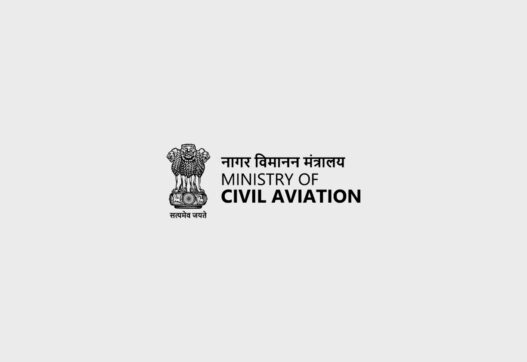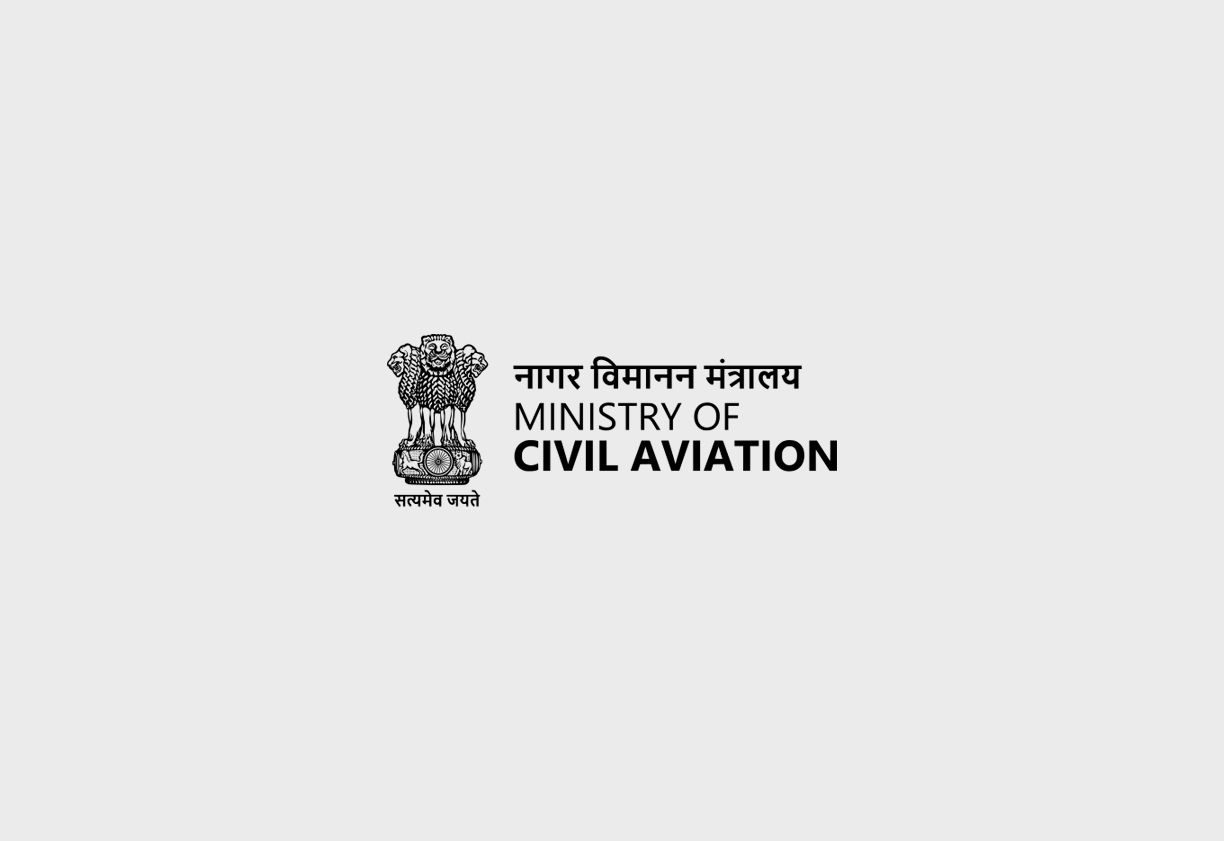Ministry of Civil Aviation
The Anti-Hijacking Act, 2016, serves as India’s primary legal tool against aircraft hijacking. It reflects international protocols and aims to enhance aviation security. The Act clearly defines hijacking and related offenses, establishes severe penalties including death, outlines a legal framework for investigation and trial and has extra-territorial jurisdiction. It also addresses extradition and international cooperation, ensuring a robust approach to aviation security.
Act Background and Ministry Under Which This Act Is:
The Anti-Hijacking Act, 2016, was created to address the urgent need for a robust legal framework to combat hijacking. The Act repealed the Anti-Hijacking Act of 1982 and is aligned with the Hague Convention and the Beijing Protocol. Though not directly stating a specific ministry, it functions under the Ministry of Civil Aviation in India.
Enactment Date, Number of Chapters, Number of Sections:
The Act was enacted on May 13, 2016. It comprises three chapters and twenty-one sections. These sections address definitions, offenses, penalties, jurisdictions, and extradition. It also includes procedures, and provisions for the effective implementation of the Act.
Act Governed By:
The Anti-Hijacking Act, 2016, is self-governed by its provisions. These provisions outline the legal structure for addressing hijacking offenses. It details the jurisdiction, investigative powers, and the functioning of designated courts. The Act also aligns with international treaties, which gives it a wider purview.
On Whom it is Applicable:
The Act applies throughout India and extends to offenses committed by any person outside of India. It applies to any aircraft, whether registered in India or not, and covers a broad spectrum of people like passengers, crew, security personnel and ground staff, whether they are Indian citizens or not.
Penalties/Punishments:
The Act specifies stringent penalties for hijacking and related offenses. These penalties are:
-
Death penalty: if hijacking leads to the death of a hostage, security personnel, or other individuals not involved in the act.
-
Imprisonment for Life: This signifies imprisonment for the rest of the offender’s natural life, along with a fine. The movable and immovable properties of the offender can be seized as well.
-
Other offenses: Acts of violence connected with hijacking will be punished based on other laws of India.
Important Pointers:
-
Definition of Hijacking: The Act broadly defines hijacking, using methods like force, intimidation, coercion, or technological means.
-
Jurisdiction: The Act provides Indian courts with extra-territorial jurisdiction, enabling them to try offenders who are found within India.
-
Designated Courts: The Act allows for the creation of Designated Courts for speedy trials.
-
Extradition: The Act recognizes hijacking as an extraditable offense. It aligns with India’s commitments to international cooperation.
-
Presumption of Offence: If certain conditions are met like recovery of arms and ammunition or use of force or intimidation is proven, it will be presumed that hijacking has been committed.
-
Protection of Action: Acts done in good faith under the provisions of this Act are protected.
-
Confiscation of Property: The Act has provisions for the confiscation of properties of those convicted under this Act.
Act Copy:




